Money
Chicken and egg prices surge
Traders blame high temperatures and falling production, but consumer rights groups say price hikes are driven by collusion and weak oversight.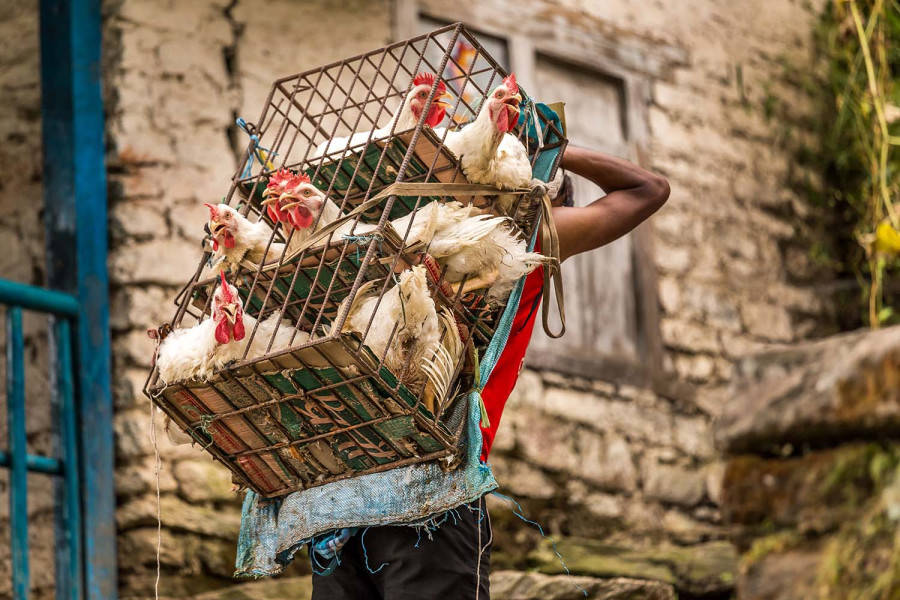
Post Report
Chicken meat and egg prices have risen sharply of late, with poultry traders citing soaring temperatures and reduced production as the leading causes. However, consumer rights advocates dispute this explanation, accusing traders of artificially inflating prices through cartel-like behaviour.
According to the Poultry Market Management Association, the wholesale price of chicken has jumped to Rs390 per kilogram, while retailers charge between Rs410 and Rs450 per kilogram in different parts of the country. Just a month ago, prices hovered around Rs380 per kilogram.
Junga Bahadur BC, president of the association, attributed the price hike to a significant drop in production, especially in the Tarai region, where scorching temperatures have reportedly cut output by half. Despite this, poultry traders confirm that supply has remained consistent and consumer demand has not decreased.
Kathmandu Valley alone consumes approximately 500 tonnes of chicken meat daily, highlighting the scale of the industry.
Similar trends are emerging in the egg sector.
Binod Pokharel, president of the Nepal Layers Poultry Association, said the production cost per egg currently stands at Rs16.56, or about Rs496 a crate. While crate prices had recently dropped to Rs360–370, they have since surged to Rs460, and in some places even Rs500 per crate.
“Even with the recent uptick in prices, farmers are still struggling to recover their investment,” Pokharel said. He added that intense heat has reduced laying rates, leading to a drop in supply. Many farmers have sold off their stock after suffering repeated losses.
However, Pokharel clarified that the retail price of eggs has remained stable at around Rs20 apiece, despite traders buying from farmers at roughly Rs12 apiece. A crate contains 30 eggs.
While poultry entrepreneurs insist the price fluctuations are linked to seasonal production changes, consumer rights activists allege foul play. They argue that traders manipulate prices under the guise of reduced output, aided by weak market oversight.
Madhav Timalsina, president of the Consumer Rights Investigation Forum, dismissed the heatwave explanation. “The temperature hasn’t spiked dramatically, nor have poultry feed prices increased significantly. This is a result of coordinated price manipulation,” he said.
Timalsina accused poultry associations of intentionally reducing production to justify inflated prices. “Within just 20 to 25 days, traders raised the price of chicken by Rs150 per kilogram and eggs by Rs100 per crate. This can only be the result of a cartel,” he said.
Under the Nepali law, no business group or association can set commodity prices unilaterally. But according to Timalsina, traders are openly violating these rules. “If one or two individuals or groups are deciding prices in isolation, that’s a cartel—and it is punishable under competition law,” he said.
Despite the Competitive Market Protection Board under the Ministry of Industry, activists say the body has remained passive. The board is responsible for taking legal action against businesses involved in anti-competitive practices like price-fixing and market manipulation. However, its inaction has reportedly emboldened traders to continue unchecked.
“Traders are exploiting the board’s dormancy by deliberately disrupting supply and manipulating market dynamics,” Timalsina said.
Activists also allege that political connections are shielding some traders from legal scrutiny. They say ties between local business owners and political figures have contributed to a rise in market distortions and a lack of accountability.
Consumers have borne the brunt of these practices, even as official inflation figures suggest a more modest rise. According to the Nepal Rastra Bank, year-on-year consumer price inflation stood at 3.39 percent as of mid-April, down from 4.61 percent a year ago. However, the price index for milk products and eggs rose by 2.65 percent during the same period.
Kamana Bogati, owner of Chicken Fresh House in Dhobighat, said that while prices have increased, demand remains steady. “I’m selling chicken at Rs415 per kilogram, which I purchase at Rs385. A fluctuation of Rs20 to Rs30 doesn’t usually impact demand,” said Bogati, who has been in the poultry business for 15 years. “Sales only begin to decline when prices cross Rs500 per kg.”
Poultry farmers say production typically drops for two to three months during the peak summer season. They expect prices to normalise once temperatures fall and output improves.
According to the Livestock Statistics of Nepal published by the Department of Livestock, the country produced 200,658 tonnes of chicken meat and 1.6 billion eggs in the fiscal year 2022–23. These figures underline the importance of poultry as both an economic driver and a staple in the Nepali diet.
As the debate continues, the burden falls on consumers who pay significantly more for everyday protein sources without clear justification or regulatory intervention. Whether due to heat or human interference, the spike in poultry prices has exposed longstanding market oversight and enforcement flaws, said Timalsina.




 9.12°C Kathmandu
9.12°C Kathmandu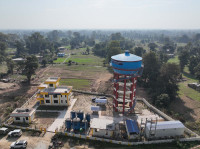
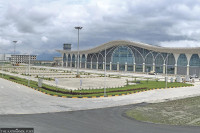






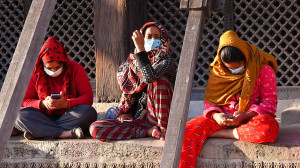
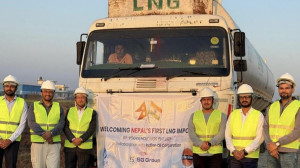


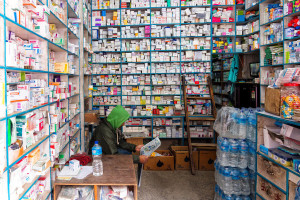
%20(1).jpg&w=300&height=200)
